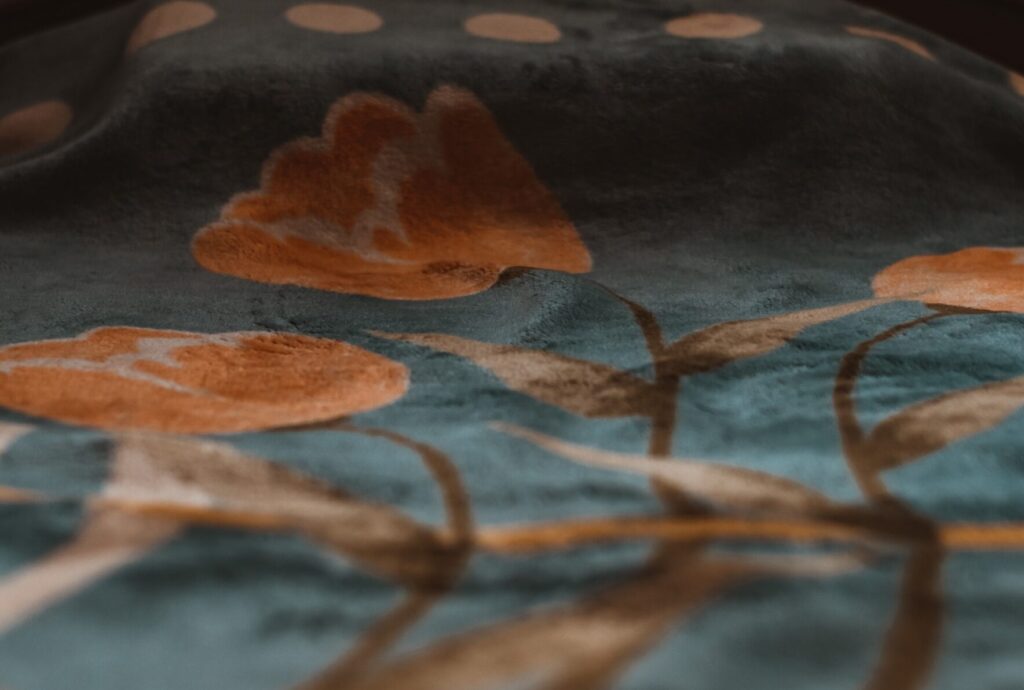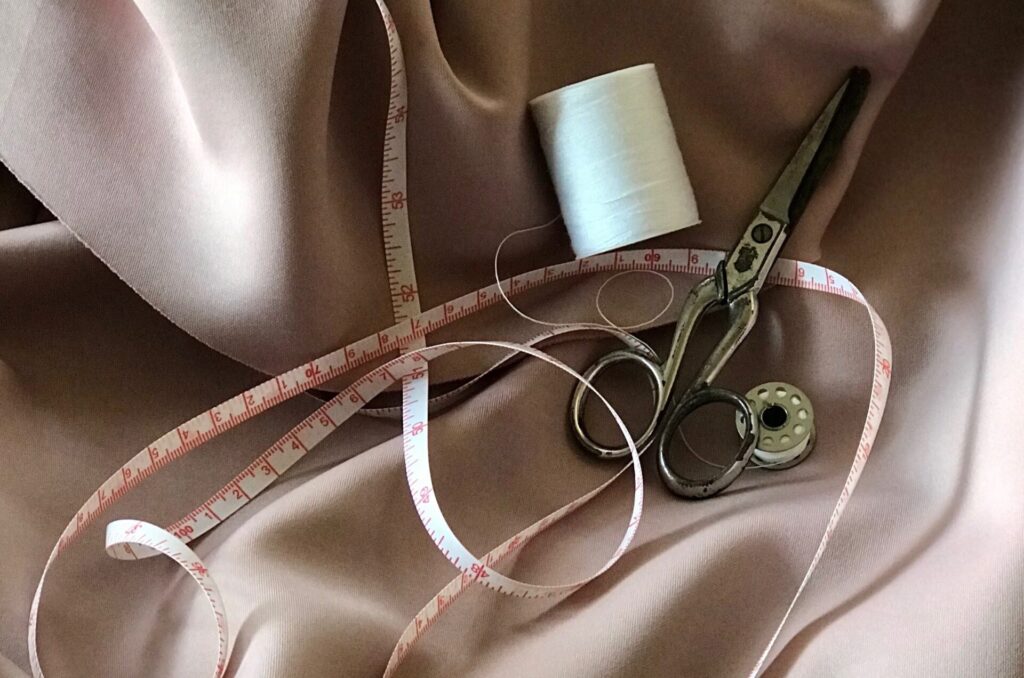WE ARE ABOUT LINEN
Welcome to Northern Linen, where European flax is at the core of our craft. From the fields of Rouen to Flevoland, our sustainable practices are woven into every thread. Experience the elegance and durability of linen with Northern Linen—where tradition meets modern luxury.
1. Sowing
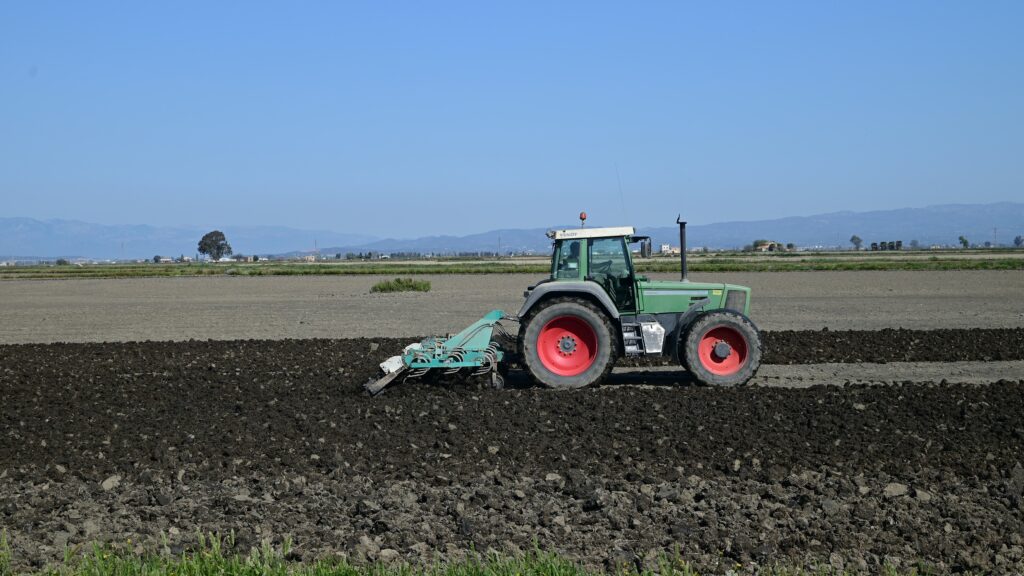
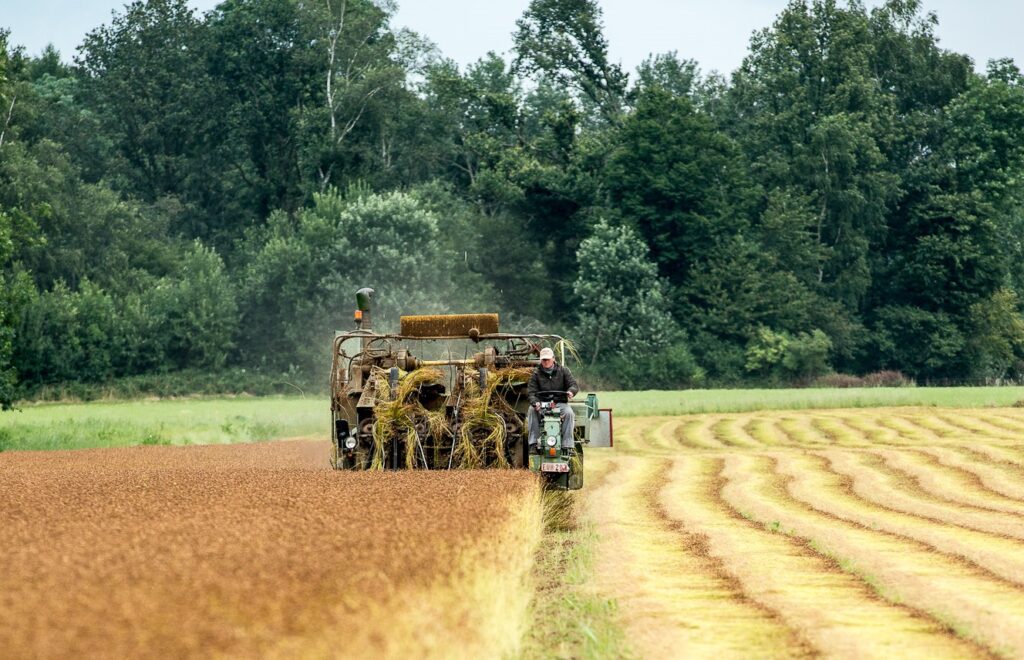
2. Pulling
Pulling is the final step in flax cultivation, where plants are hand-harvested just before full seed ripening to preserve fiber quality. While machines aid harvesting, hand pulling remains vital in regions that value traditional craftsmanship.
3. Retting
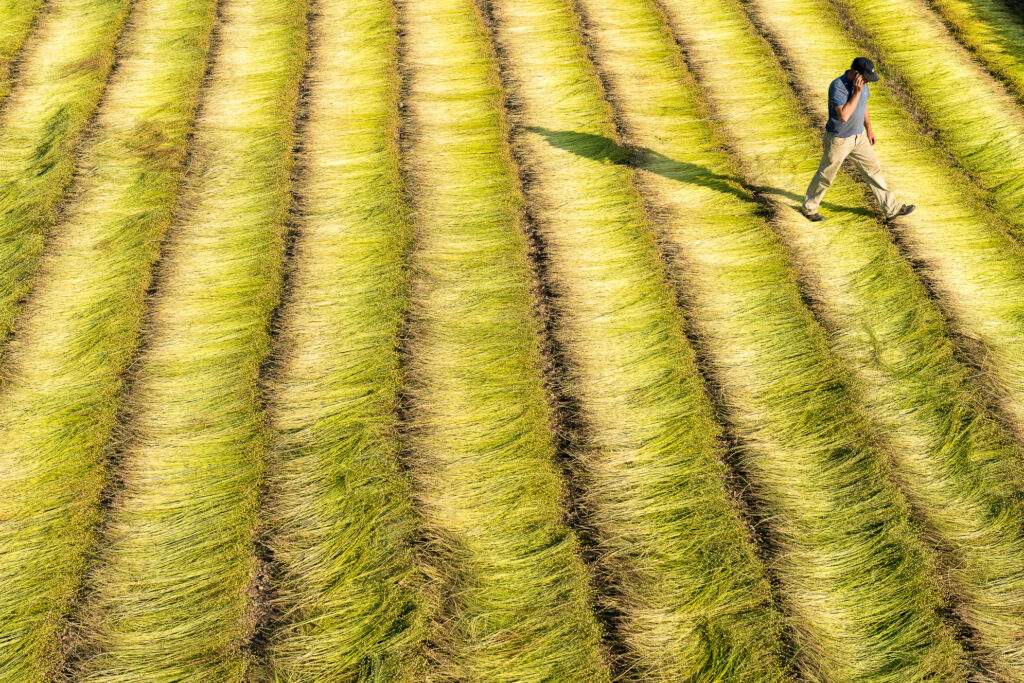
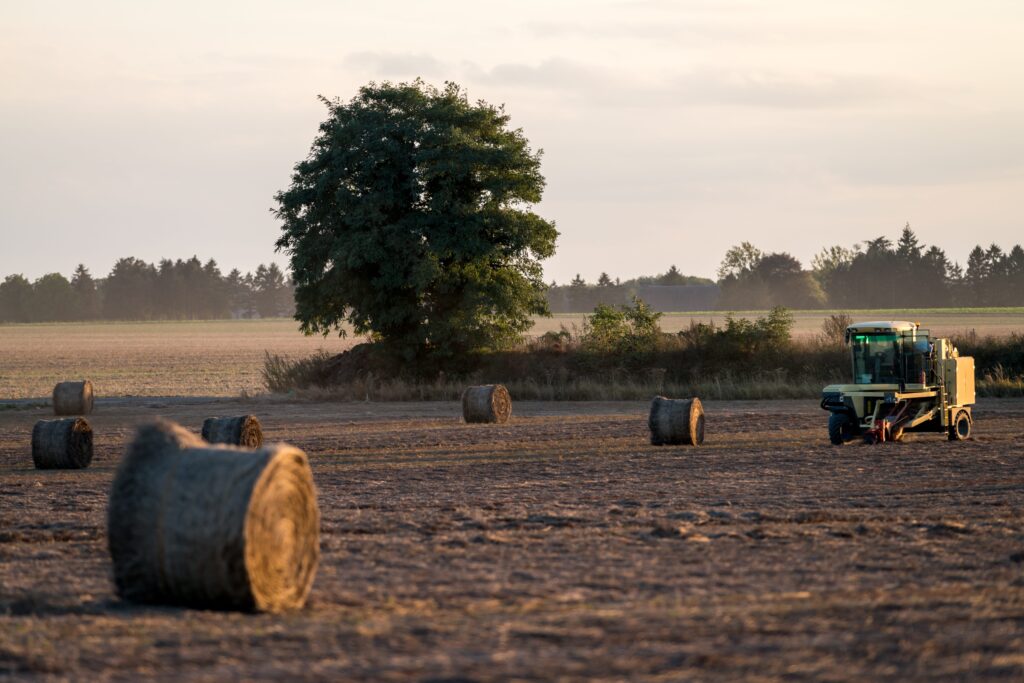
4. Baling
3. Scutching
After baling, the fibers are refined through scutching. The farmer lays the flax stricks flat and uses a scutching knife to scrape away woody debris, separating the long fibers from the shorter ones. This careful process produces clean, smooth fibers ready for further processing.
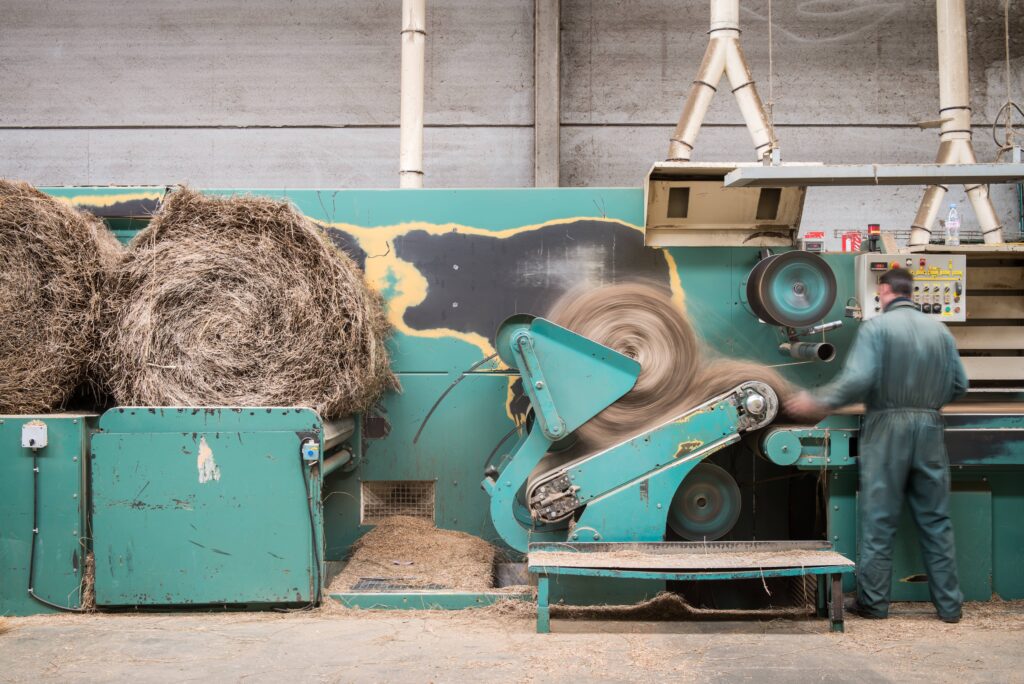
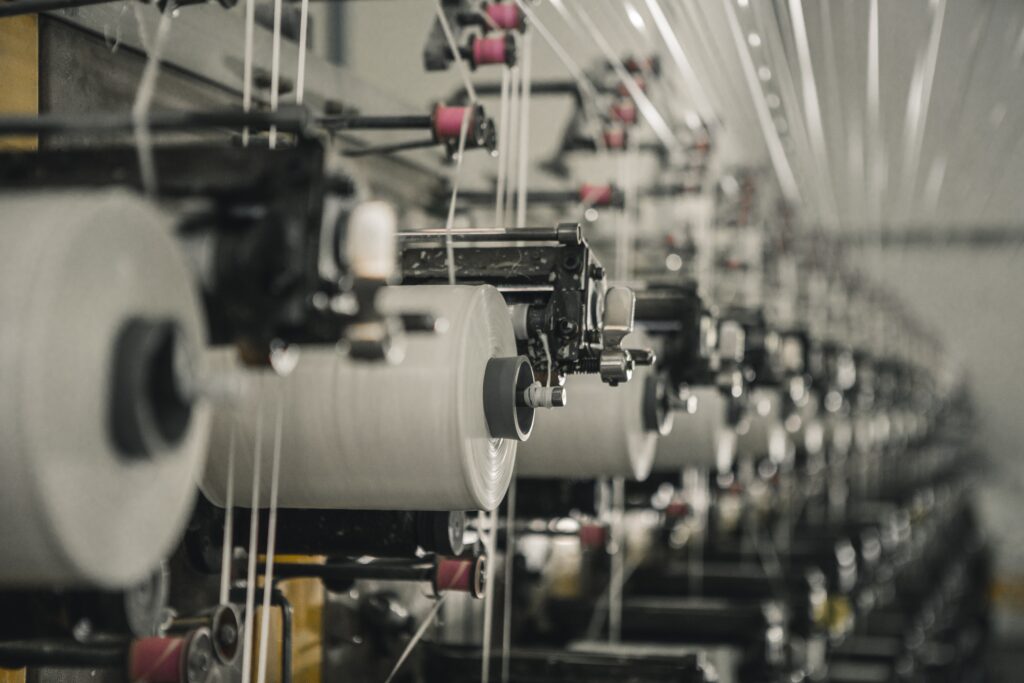
4. Spinning & weaving
Spinning twists flax fibers into yarn, which is then wound onto spools. In the weaving process, this yarn is threaded onto a loom, where it is interlaced with perpendicular threads to create a strong, smooth linen fabric. This fabric is then ready for various uses.
5. Finishing
